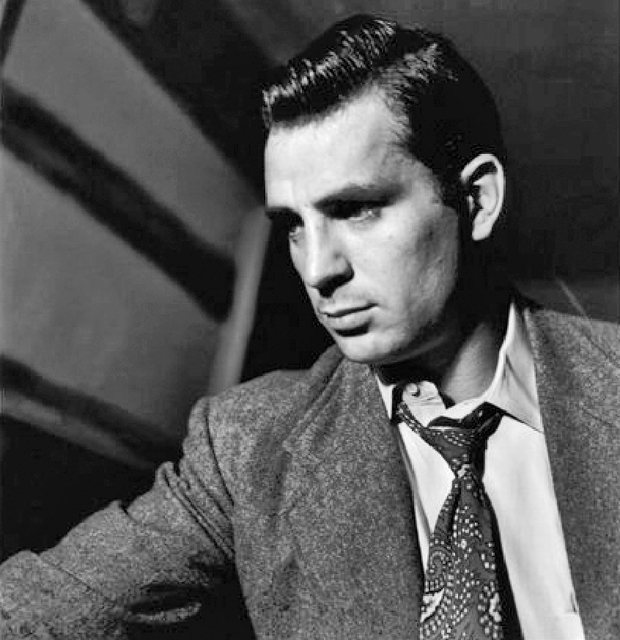Sixty years ago last month, when John Kerouac walked out the door of his mother’s house in Ozone Park, Queens, America was a different place. Gas cost 23 cents a gallon. The minimum wage was 40 cents an hour. And simple pleasures came a la mode.“I’ve been eating apple pie & ice cream all over Iowa & Nebraska where the food is so good,” the aspiring novelist wrote to his mom on July 24, 1947, halfway into his first cross-country trip. “P.S.,” he added. “You ought to see the Cowboys out here.”It took Kerouac another five years to turn what became a series of journeys across the United States into a novel, and by that time quite a lot of his innocence had been scorched off, sozzled and replaced by a deeper, more complexly mystical sense of wonder.“Sometimes I go out in the alfalfa field and sleep,” he wrote to Neal Cassady, who would become the inspiration of his future masterpiece, On the Road, from Colorado in 1951. “I buy eggs at a farm for 24 [cents] a dozen and heavy cream. There are sunflowers and prairie-snowballs and long green fields, and snow mountains: as I said to somebody, ‘I am Rubens and this is my Netherlands.’”
Something happened between 1951 and 1957 that made Kerouac a writer rather than a painter of words and
On the Road the book it is today. As the novel’s 50 th anniversary approaches, some books with helpful hints about what that might have been are landing in bookstores.In addition to the Library of America volume of Kerouac’s early novels, and a book by John Leland called Why Kerouac Matters, Viking Press has reissued a facsimile of the legendary teletype roll on which Kerouac supposedly banged out a first draft, high on
Benzedrine. They have also repackaged and republished Joyce Johnson’s memoir,
Minor Characters. The scroll is more than a curiosity. It is a pagan artifact of the creative process of which Kerouac—more than any other writer of the post-war years—became an embodiment. Here is the writer writing, says this 120-foot monster of a manuscript.
In an enlightening introduction, Howard Cunnell dispels many myths of its creation. It was coffee that fueled Kerouac, not Benzedrine; it wasn’t entirely teletype paper, but “something consciously made by Kerouac … . He cut the paper into eight pieces of varying lengths and shaped it to fit the typewriter.”
Kerouac finished the scroll in April 1951 and immediately began revising. What’s shocking is not how much it’s changed, but how little. So much of Kerouac’s new prose rhythm, his westward tilt, the shape and polish of his sentences is already there.
In fact, a lot of what he had to do to make it a novel involved taking things out—omitting much of the sexual content (including numerous homosexual scenes), changing names of characters (Neal becomes Dean Moriarty,
Allen Ginsberg is Carlo Marx, etc.) and tightening the structure. He had to make it a novel, not a memoir—and more in tune with its times.
Previous biographies have described this cutting and trimming as having occurred against Kerouac’s will, but Cunnell shows that’s not necessarily the case. Kerouac was apparently desperate to get the book published. It’s a piece of the story well underscored by Johnson’s beautiful memoir, notable for its feminizing portrait of the time, with the men so often shattered and on edge about what is unfolding.
Johnson was just 20 years old and working at a literary agency when she met and fell in love with Kerouac on a blind date arranged by Ginsberg.
“At thirty-four, Jack’s worn down,” she writes of her first impression of him, “the energy that had moved him to so many different places gone. He’s suddenly waited too long. The check for
The Subterraneans will never arrive;
On the Road will never be published.” This is not the joyous Kerouac we have come so easily to love.Yet hers is a beautiful, loving portrait that feels at once forgiving and truthful. It acknowledges a “worm of envy” possibly lived in Kerouac’s heart at the success of his friends John Clellon Holmes and Ginsberg. It also shows how so many women became mirrors of sorts to what these men were doing to themselves: “He could see how all the drinking was scaring me,” she writes later. “He said he felt bad about wearing me out.”It’s hard to read this. Long before the booze got him and the fame turned him into a bloated caricature, Kerouac was a landscape painter with words.His first novel, The Town and the City, tedious at times, was a big, sober canvas—a Bierstadt version of America as compared to the pop sensibility he developed for
On the Road through years of traveling and listening and sketching. It’s hard to not feel that it was not so much Kerouac who killed himself, but what America had become.Like Whitman, he tried to swallow the country whole and sublimate it into an epic form of art. On the Road , his groundbreaking, best-selling, beatnik craze-creating 1957 novel is his barbaric yawp for America: for its breadth and landscape; for its people and freedoms; for the sheer thrill of traversing it all at great speed.In language that is lyrical and uncommonly direct, even now, On the Road embodies the great dream of this country that stretches from Samuel Seabury to Willa Cather: that it is big enough to house any dream. It is also the book that warns—in its creation, and more aptly, its long aftermath—that achieving that dream could be the worst thing that can ever happen to you.










